With the national roadmap laid out and a route out of lockdown in sight, many drivers and riders of cherished cars and bikes are ready to bring their pride and joy out of an extended period of enforced hibernation and return it, safely, to the road.
If that sounds like you, bravo. Our classics are here to be enjoyed, and what better feeling than peeling away a car cover or opening the garage doors, knowing that a journey and drive awaits. It could be to visit family or friends; it could be just for the simple pleasure of being alone and clearing your head as the road unravels. Regardless of the reason, getting back behind the wheel of your classic is sure to lift the spirits.

We’ve already shared tops and advice for keeping a car in storage for a prolonged period of time. So before you can get going, what should you check on your car? How can you ensure that you’re reviving your oldtimer or youngtimer in the safest way possible? Hagerty has spoken to those who spend a living maintaining classic cars, so you can best know how to put your car back on the road – where it belongs.
Is the paperwork up to date?
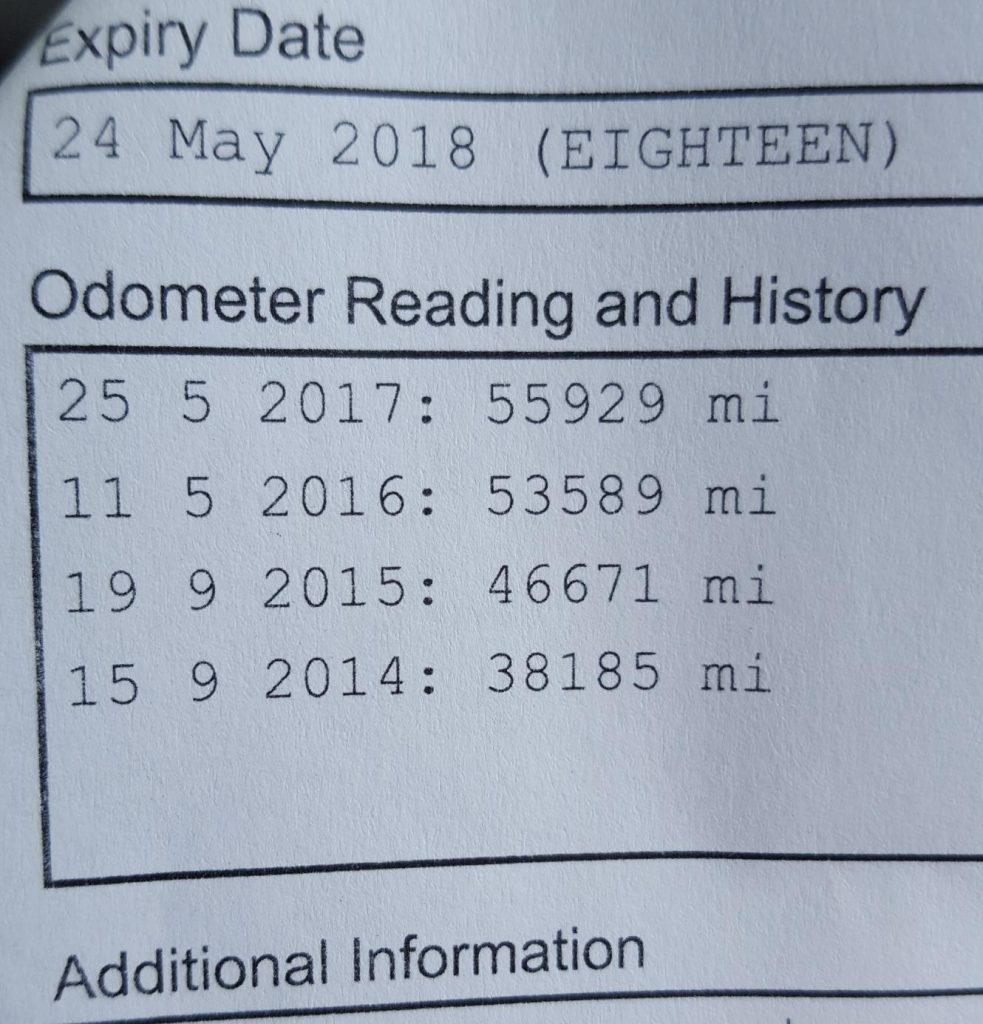
Before dusting off your classic car, dust off its paperwork. You need to ensure that, where applicable, it has a valid MOT, is insured, the registered keeper address is current and all servicing has been performed.
That’s a lot of paperwork to sift through, so it can be helpful to have technology lend a hand. Richard Kitchen of Southways Automotive, which cares for TVRs and other British sports cars, finds an app the best solution for staying on top of paperwork. “An app like VehicleSmart is the best way to stay on top of legalities and maintenance in this day and age – it gives you reminders when things are due.” Such apps can cover breakdown, insurance, tax, MoT and servicing intervals, as well as providing a handy reference log for which consumables fit which of your cars. A free version exists, and there are in-app purchases, including vehicle history checks.
Servicing is based on time as well as mileage
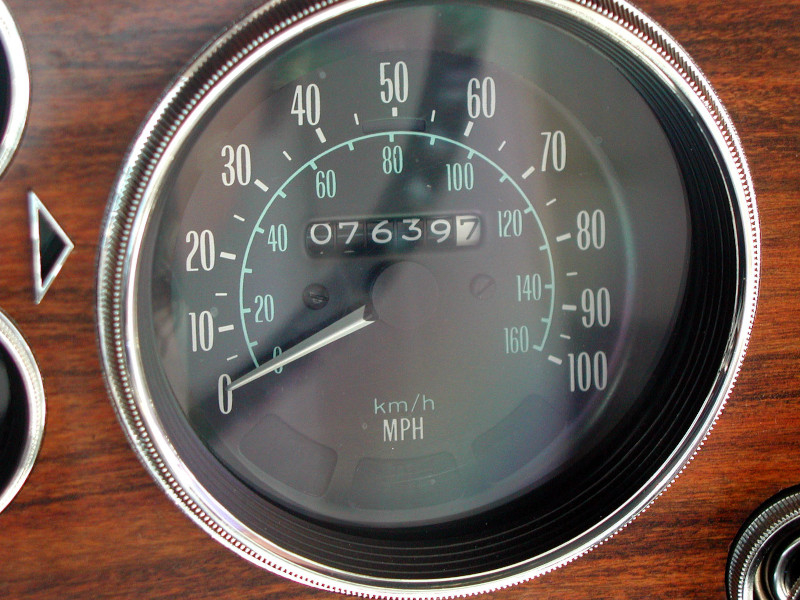
“Don’t fall into the trap of thinking because it hasn’t been used, it doesn’t need attention,” says Kitchen. “Anti-freeze loses ‘effect’ after a given period of time, and brake and clutch fluid are hygroscopic – so they absorb moisture. If you haven’t pressed the pedals for a while, and the fluid change is overdue, corrosion in the cylinder could damage a seal.”
This advice is mirrored by Simeon Cattle, of Bicester-based restoration company Project Shop. “You need to check different things for a car not in regular use. Especially brake fluid – and especially in single circuit cars. Check fuel filters, especially after you first run it for the first trip out. See what’s been dragged up from the tank, as you may need to change the filter or flush out the fuel tank.” Simeon advises that you replace a battery that’s been allowed to go flat, as they rarely recover a full charge – or use a trickle charger for long-term vehicle storage – and to check that carburettor floats haven’t become porous in storage. “There’s no need to keep checking plug gaps though – modern plugs are built to a price and not brilliant, so if there’s an issue with them just replace them. The same applies to the majority of new ignition components.”
Ben Porter is workshop manager for Robsport, a Triumph specialist, and advises that the simple checks are the most crucial. “Make sure the brakes haven’t stuck in storage, check your oil and coolant, and top up your brake fluid if necessary. If it has dropped, there’s a leak – don’t just leave it, look for it.”
Visual inspection: go looking for trouble
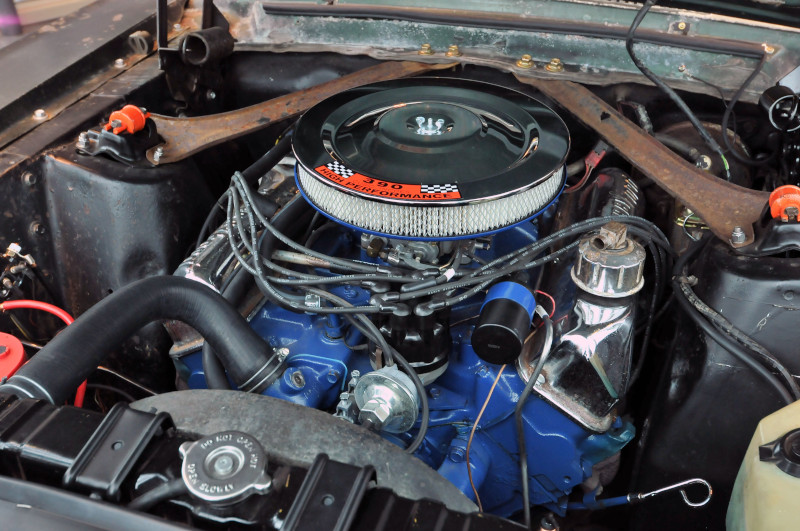
Simeon Cattle of Project Shop thinks that this is the ideal time to perform an annual checkover of any classic car. “It’s an important moment, and it will put your mind at rest about the mechanical condition of the car.” Both Cattle and Porter of Robsport agree that an MoT is the most important first step. “We’re safety conscientious,” says Ben, “All of our cars are given an MOT, nothing leaves here without one as we disagree with MOT exemption. Book it in for a fresh MOT – for the sake of £54, it gives you peace of mind and a piece of paper to say that it’s safe.”
Kitchen continues: “I’d look at all the hoses in the engine bay for signs of perishing, and the fixings for security, both coolant and fuel. With the latter, inspect closely for signs of cracking in the surface, which may only present when under pressure. Check all the electrical connections to make sure they are clean, and that none are loose. Make sure the battery connections are clean and tight and both ends of the cables, as corrosion increases resistance, which causes heat at the terminals.”
Simeon Cattle adds that the brakes are another important item to inspect. “Look at removing and checking the pads to ensure they haven’t separated. We change more through separation than through wear, we’re doing it on an MGA right now. Exhaust mounts often degrade over time, rubber perishes, heats and it then falls off. Check the gearbox and diff oil where you can. And people always miss screenwashers. You can get crystals in the bottom of the reservoir if you mix fluids. Remove and clean. Likewise stagnant water. Clean the washer bottle out if you can.”
Phil George of Paul Light Land Rover adds some interesting observations: “Make sure no one has tampered with the car in any way assuming you put it away yourself. It’s also very important if it’s been a while to check for rodent ingress, which can lead to wiring damage and usually is easy to smell.”
Are your tyres tired?
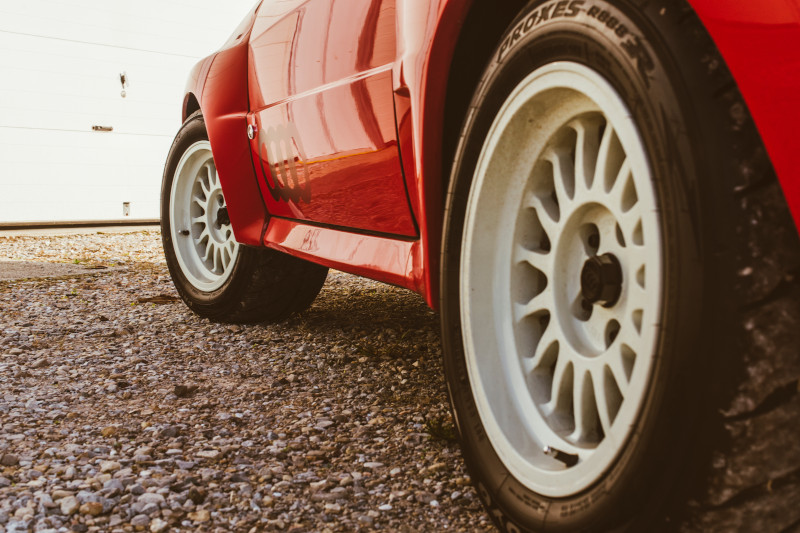
Project Shop advises that one of the first checks should be to take the wheels off, inspect the brakes, tyre tread and tyre age, especially on wire wheels. Check the spokes, the condition and the tension, as they have a habit of breaking off or working loose. Make sure there’s plenty of grease on the hub splines. And don’t forget to check the tyre pressures, as they may be too high or low following prolonged storage.
Southways Automotive offer similar advice, as well as suggesting you check inside the tread for fractures or cracks. “All tyres after 2000 carry a date marker – if it’s over five years old, check them closely. Feel the edges of the tread in the channels, to see if the rubber is still relatively soft; if it’s hard, you’re losing a lot of grip.”
Fill with fresh fuel

Opinions on fuel life vary but it’s unanimously agreed that modern fuel with ethanol content doesn’t last as long as petrol used to. None of our experts advocates storing your car with a full tank any more. Richard Kitchen feels a car should start after six months, but Cattle says 6-12 weeks is around the shelf life of modern fuel.
Moisture and debris will sink to the bottom regardless, where the pickup is. Don’t drain your tank of fuel though unless it’s been running rough, says Porter of Robsport – it’s better to see if it will run, then top it up to dilute the old fuel.
Starting your classic car from storage
Our experts all agree you shouldn’t make your first start brief – let the engine run up to temperature, though opinion differs as to whether to drive it as soon as you start or not. Cattle and Porter both believe you should watch an engine warm up first, check for leaks, maybe let it cool and check the levels again.
But with some cars, Porter says – and Kitchen agrees – the healthiest thing to do for oil pressure and flow is to use it when you start it. Cars with BorgWarner automatic gearboxes may suffer excess box pressure if not used when started.
“Check the fan cuts in when it should,” says Cattle, “and check the core plugs for coolant leaks, as they can rust from the inside out.” Richard adds that the temperature gauge is only ever a guide. “It’s the oil temperature that matters and most cars don’t measure that. The coolant is only there to draw heat from the engine, and while it gives an idea it’s not certain.”
Read more
Socket Set: How to change engine oil
Dirt busters: 9 of the best pressure washers of 2021
Elbow Grease: Still washing cars with a sponge? You’re doing it all wrong


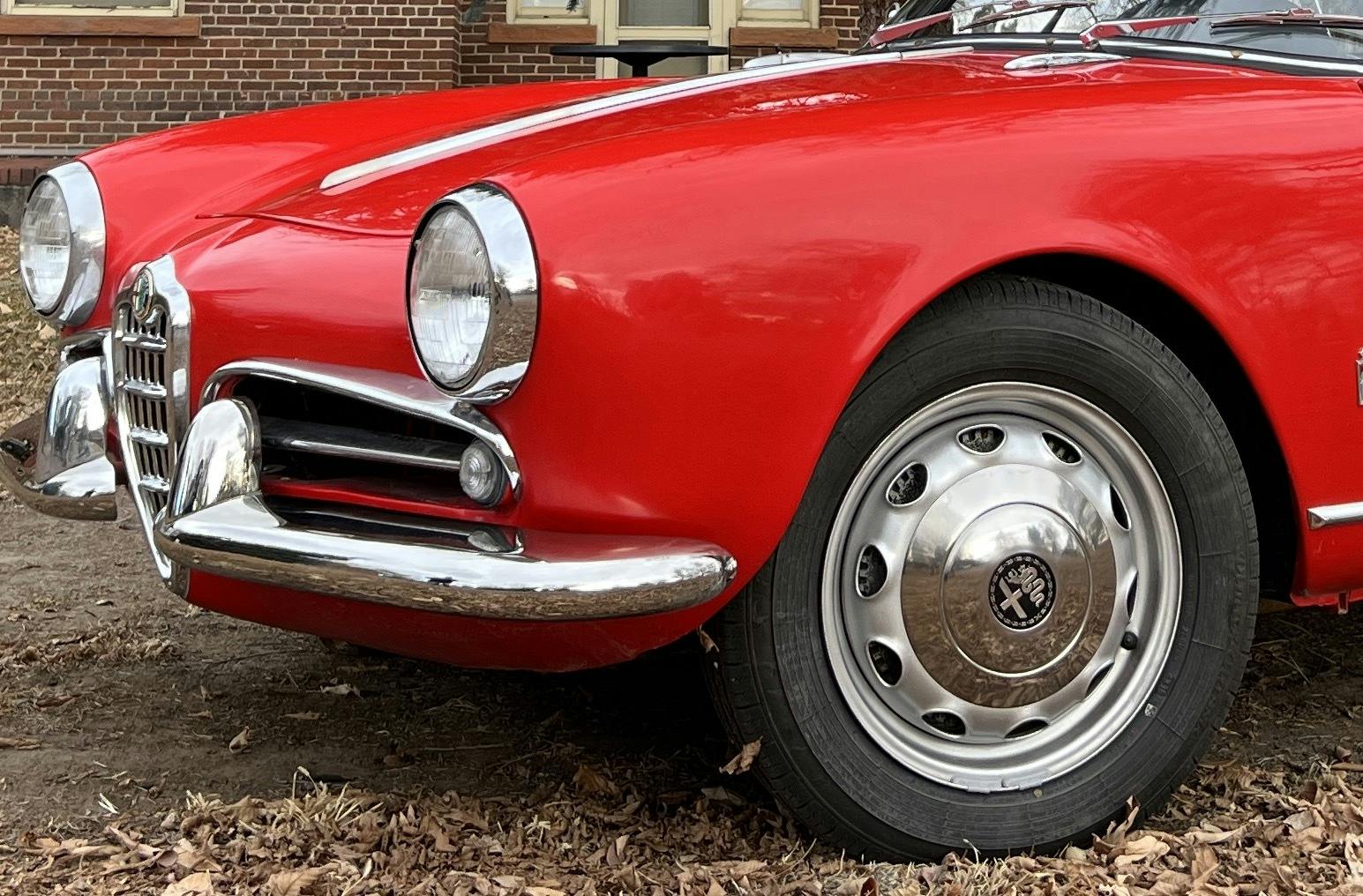
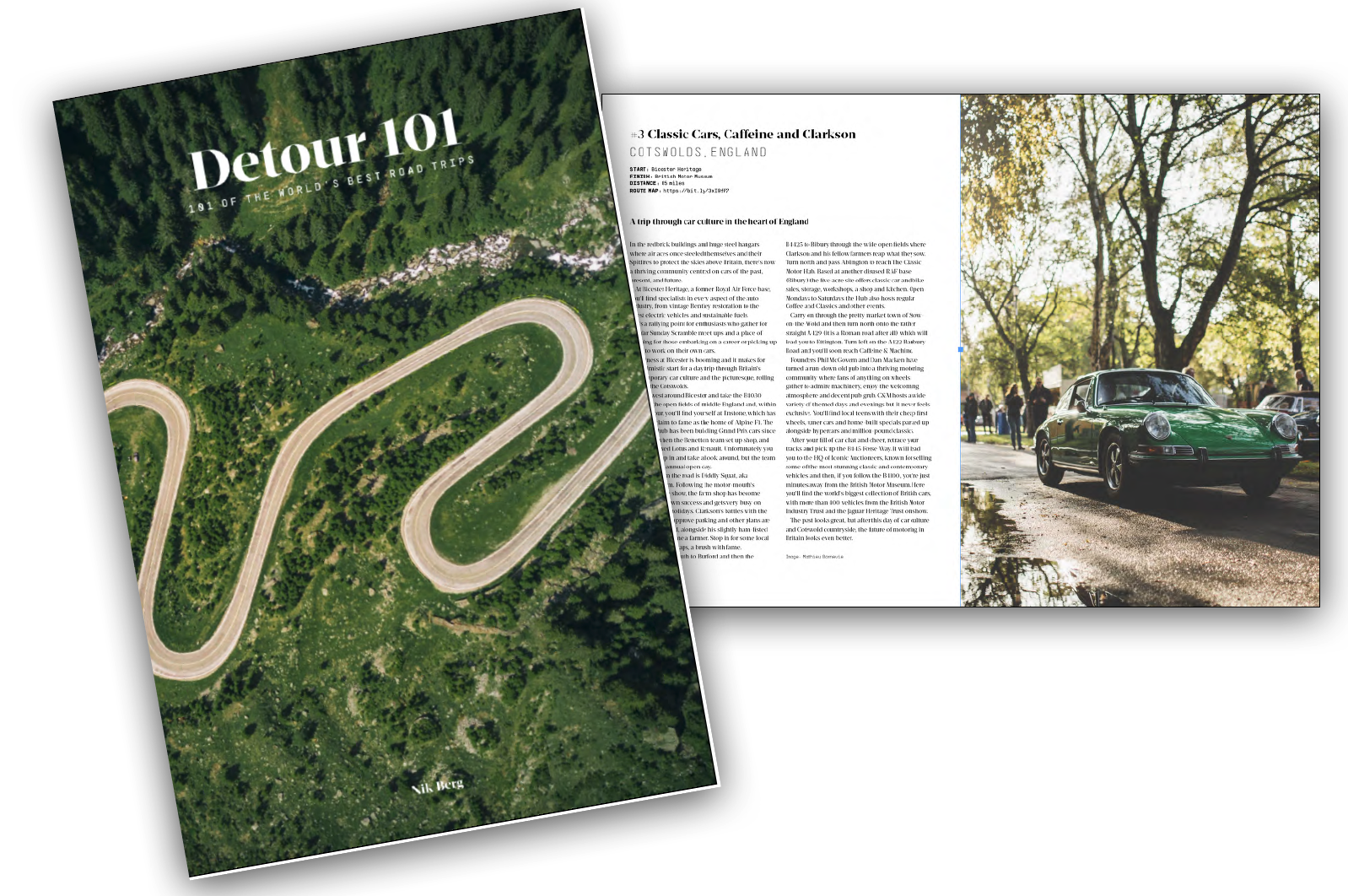






What an excellent article. Great!
Fine article to read before preparing car for the on-road process. Thanks for sharing.